Contents
Introduction
Editors Note: Essential Pepin Desserts contains selected recipes from Essential Pepin, which was originally published in October 2011. The larger volume contains videos demonstrating essential cooking techniques and more than 700 recipes. The introduction that follows is also excerpted from Essential Pepin.
 In my sixty years as a cook as a professional chef, a husband, a father, a grandfather, an author of many cookbooks, and a cooking teacherI have created thousands of recipes, each memorable and worthy in its own way. In Essential Pepin, for the first time, I have taken stock, reflected back over my life in the kitchen, and assembled the best in one place: the recipes I love the most.
In my sixty years as a cook as a professional chef, a husband, a father, a grandfather, an author of many cookbooks, and a cooking teacherI have created thousands of recipes, each memorable and worthy in its own way. In Essential Pepin, for the first time, I have taken stock, reflected back over my life in the kitchen, and assembled the best in one place: the recipes I love the most.
Essential Pepin is a new bookeverything has been rethought and updatedbut it is familiar as well: its like meeting up with an old friend, because it goes back to the beginning of my culinary writing. It is essentially the way I have cooked as a young man, as a mature man, and, now, as an older man. It demonstrates the ways I have changed through my many books, my many moods, my many styles, from elaborate classic French cooking to fast food done my way. It shows how I have changed and learned. Like any working chef, I have always experimented with different foods and different methods. The recipes that I have created through these years are the diary of my life. I am, have been, and always will be a cook: my culinary identity defines me.
When I decided to put this book together, I believed it would be a cinch to do, an easy matter of assembling and reorganizing recipes. It turns out to have been a huge endeavor, bigger by far than writing a cookbook from scratch. Each period of my past exemplifies widely different styles and methods, from the cooking times for fish and vegetables to the amount and types of fat used, to the presentation, as well as procedures and techniques. As a result, I had a real conundrum: either leave the recipes as they were, to represent exactly a moment in time, or adjust, correct, and retest the recipes for a modern kitchen to make them usable, friendly, and current for todays cook while retaining the spirit and flavor of the originals. I chose the second option, with a few reservations. Through all the adjustments, I have tried to keep the intrinsic quality of the recipes as they were conceived. The appetites of a young, a middle-aged, and an older man are different, but a certain continuity remains. In that context, this book represents me more today than at any other time in my life.
As I look back on my gustatory voyage, I find continuity in my cooking and recipes: a desire to simplify techniques and methods, a striving for simplicity, a search for the best ingredients, and an emphasis on taste rather than presentation or originality. But while trends change, basic techniques do not, whether its boning a chicken, cooking an omelet, or making a chocolate goblet. Since visualizing the intricacies of some of these procedures is difficult, I taped videos to accompany this book, demonstrating techniques that are essential for the novice as well as the seasoned cooktechniques I acquired during my arduous years as an apprentice. They are meant to stimulate you and get you involved in the basics, and they will help you not only with this book, but with any cookbook you have in your home.
As I read through these recipes, they bring back vivid and sweet memories. I taste, smell, and feel the ingredients, and I see friends and family members. I recapture many joyful moments through all these many years, and I know that these food memories will stay with me for the rest of my life. One thing that will never change: the greatest meals are the ones shared and enjoyed with loved ones.
Techniques
There is video content at this location that is not currently supported for your device. The caption for this content is displayed below.
Peeling and julienning orange skin and segmenting an orange (03:50)
There is video content at this location that is not currently supported for your device. The caption for this content is displayed below.
Removing the seeds from a pomegranate (00:50)
Good Lady Apples (Apples Bonne Femme)
Serves 6
 For these baked apples, ubiquitous in home cooking as well as in country inns and restaurants, only a few ingredients are needed. Inexpensive and quickly prepared, the dish can be made year round. Use an apple that will keep its shape during cooking, such as Golden or Red Delicious, russet, Granny Smith, or Pippin.
For these baked apples, ubiquitous in home cooking as well as in country inns and restaurants, only a few ingredients are needed. Inexpensive and quickly prepared, the dish can be made year round. Use an apple that will keep its shape during cooking, such as Golden or Red Delicious, russet, Granny Smith, or Pippin.
The apples look best when they have just emerged from the oven, puffed from the heat and glossy with rich color. But its best to serve them barely lukewarm, even though they will shrivel a bit as they cool. If you have leftovers, the apples can be reheated the next day (baste them with the juice). These are delicious served with a slice of pound cake or with sour cream.
The mixture of apricot jam, maple syrup, and butter makes a flavorful sauce. If you dont have maple syrup, substitute granulated sugar. You could also add lemon juice and cinnamon, mace, nutmeg, or any other spice that you like.
- 6 large apples (2 pounds)
- cup apricot jam
- cup light maple syrup
- 3 tablespoons unsalted butter, cut into 6 pieces
Preheat the oven to 375 degrees.
Using a corer or a knife, core the apples. Be sure to plunge the corer or knife straight down so that it doesnt miss the core (if this happens, remove any remaining seeds).
With the point of a knife, make an incision in the skin about a third of the way down each apple and cut through the skin to inch deep all around. As the apple cooks, the flesh expands, and the part of the apple above this cut will lift up like a lid. Without scoring, the apple could burst.
Arrange the apples in a gratin dish or other baking dish that is attractive enough to be brought to the table. Coat the apples with the apricot jam and maple syrup and dot with the butter. Bake for 30 minutes.
Baste the apples with the juice and cook for another 30 minutes. The apples should be cooked throughoutplump, brown, and soft to the touch. Let cool to lukewarm before serving.
Cheese, Apples, and Pecans with Black Pepper
Serves 4
 The combination of flavors hereblue cheese, nuts, and apples that have been rolled in lemon juice and sprinkled with black pepperis delicious.
The combination of flavors hereblue cheese, nuts, and apples that have been rolled in lemon juice and sprinkled with black pepperis delicious.
To coarsely crush whole peppercorns (creating what the French call a mignonnette), spread them on a flat work surface and press on them with the base of a saucepan until they crack open. Pepper prepared this way is much less hot than ground pepper. If you must use a pepper mill, set it to grind the pepper as coarsely as possible.
- 2 large apples, such as russet, Red Delicious, or Rome Beauty
- 2 tablespoons fresh lemon juice
- teaspoon black peppercorns, coarsely crushed
- cup pecans
- 5 ounces blue cheese (Gorgonzola, Stilton, or Roquefort), cut into 4 pieces
- Leaves from 4 fresh basil sprigs or a handful of arugula leaves (about 5 ounces)
- Crusty French bread, for serving
Preheat the oven to 375 degrees.
Cut the unpeeled apples into quarters, remove the cores, and roll the quarters in the lemon juice. Sprinkle with the pepper.

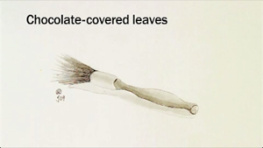
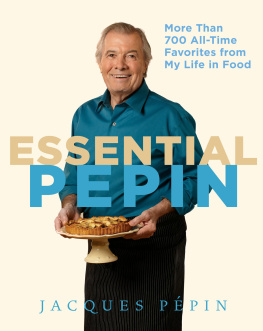



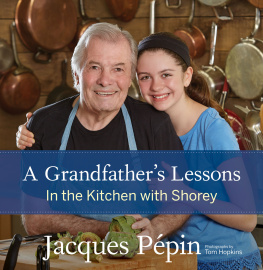
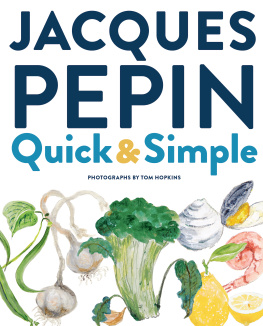

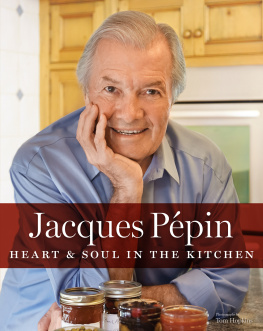
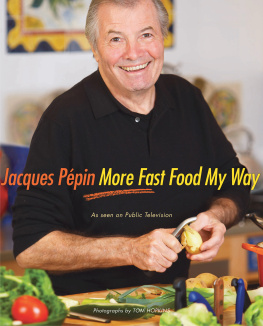
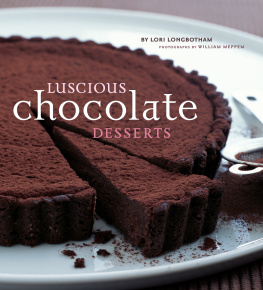
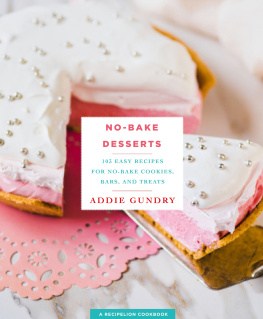
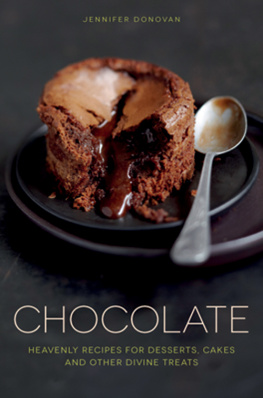

 In my sixty years as a cook as a professional chef, a husband, a father, a grandfather, an author of many cookbooks, and a cooking teacherI have created thousands of recipes, each memorable and worthy in its own way. In Essential Pepin, for the first time, I have taken stock, reflected back over my life in the kitchen, and assembled the best in one place: the recipes I love the most.
In my sixty years as a cook as a professional chef, a husband, a father, a grandfather, an author of many cookbooks, and a cooking teacherI have created thousands of recipes, each memorable and worthy in its own way. In Essential Pepin, for the first time, I have taken stock, reflected back over my life in the kitchen, and assembled the best in one place: the recipes I love the most.
 For these baked apples, ubiquitous in home cooking as well as in country inns and restaurants, only a few ingredients are needed. Inexpensive and quickly prepared, the dish can be made year round. Use an apple that will keep its shape during cooking, such as Golden or Red Delicious, russet, Granny Smith, or Pippin.
For these baked apples, ubiquitous in home cooking as well as in country inns and restaurants, only a few ingredients are needed. Inexpensive and quickly prepared, the dish can be made year round. Use an apple that will keep its shape during cooking, such as Golden or Red Delicious, russet, Granny Smith, or Pippin.